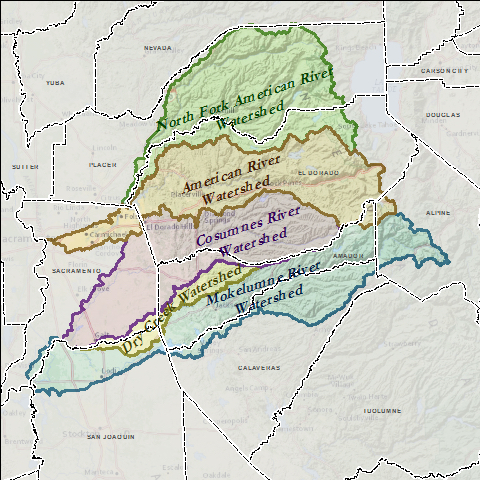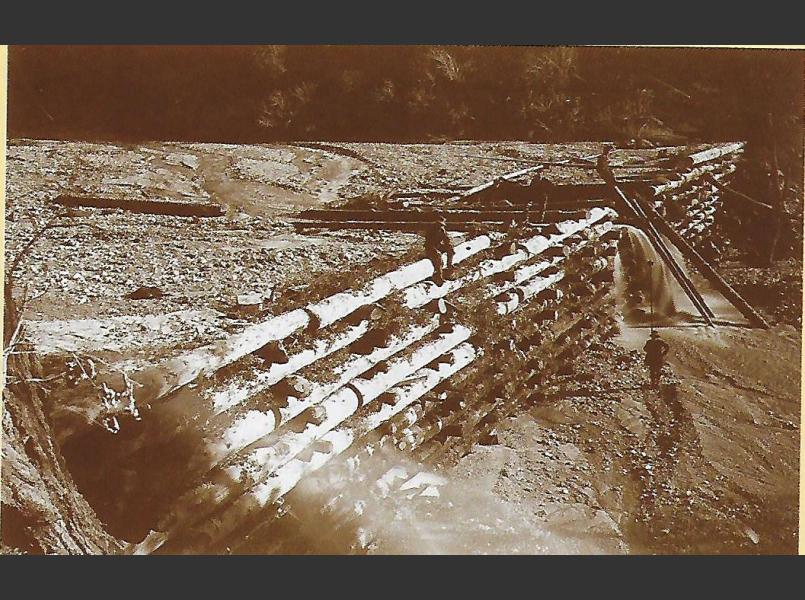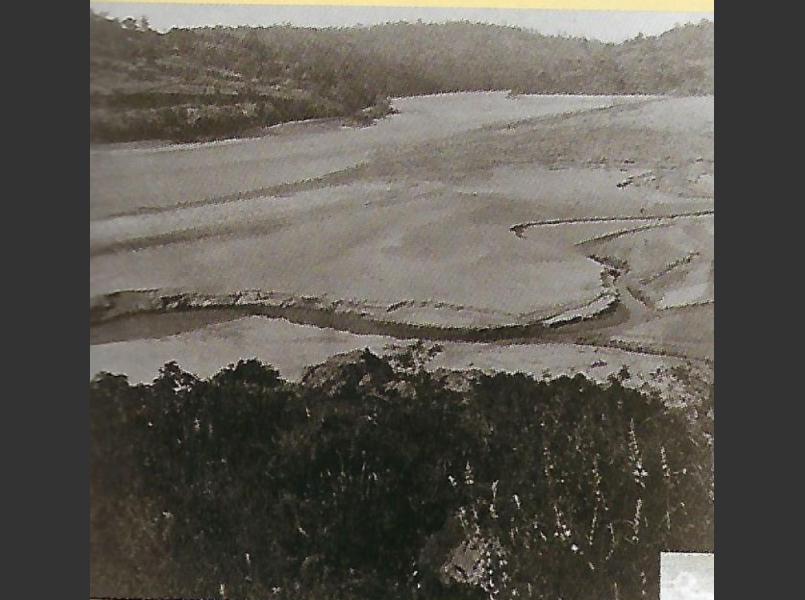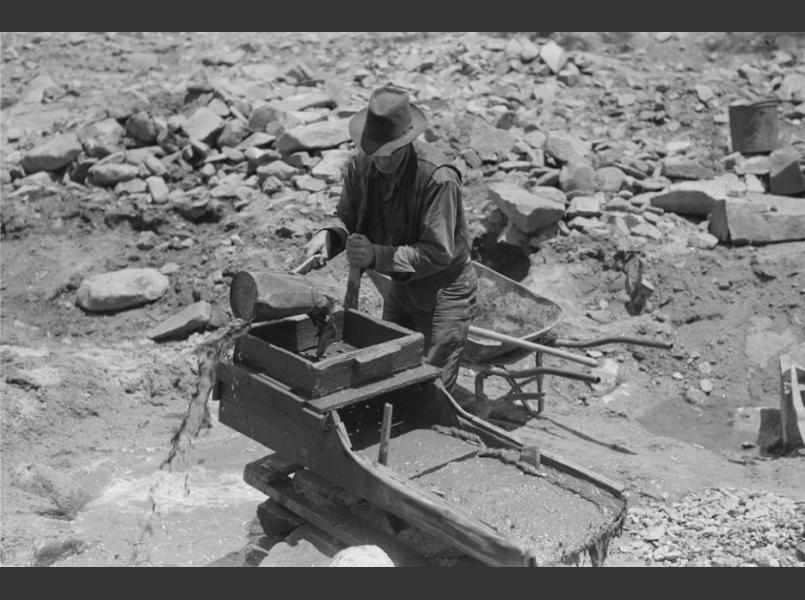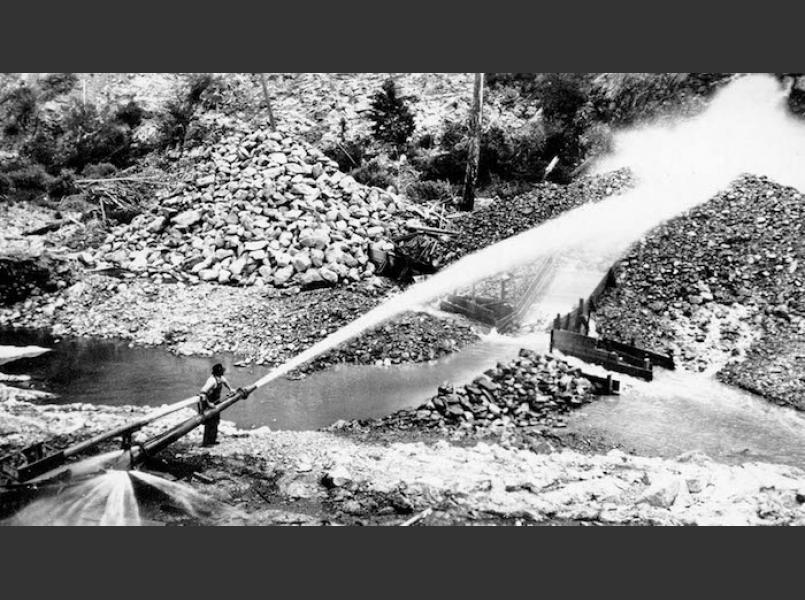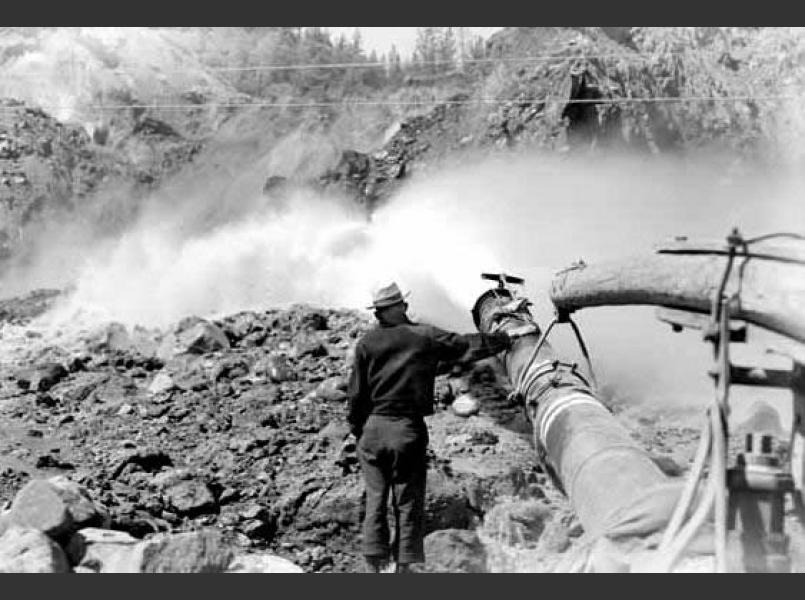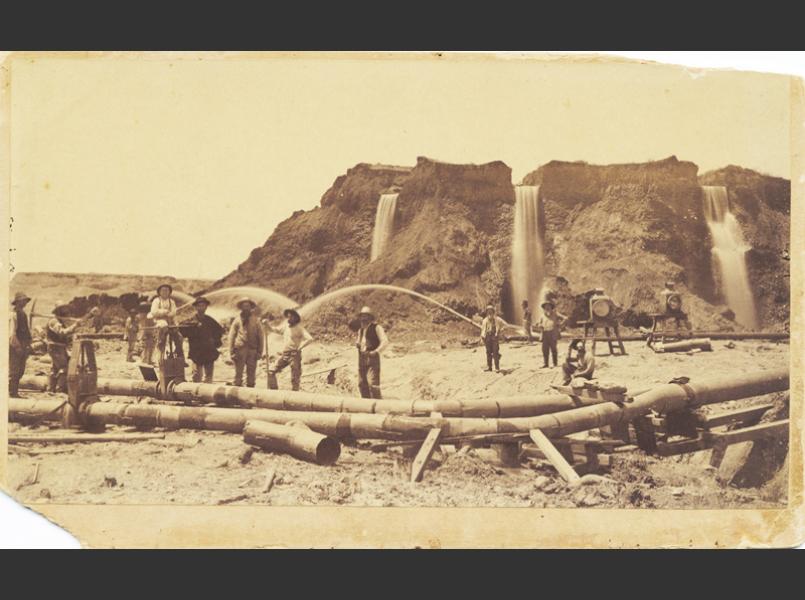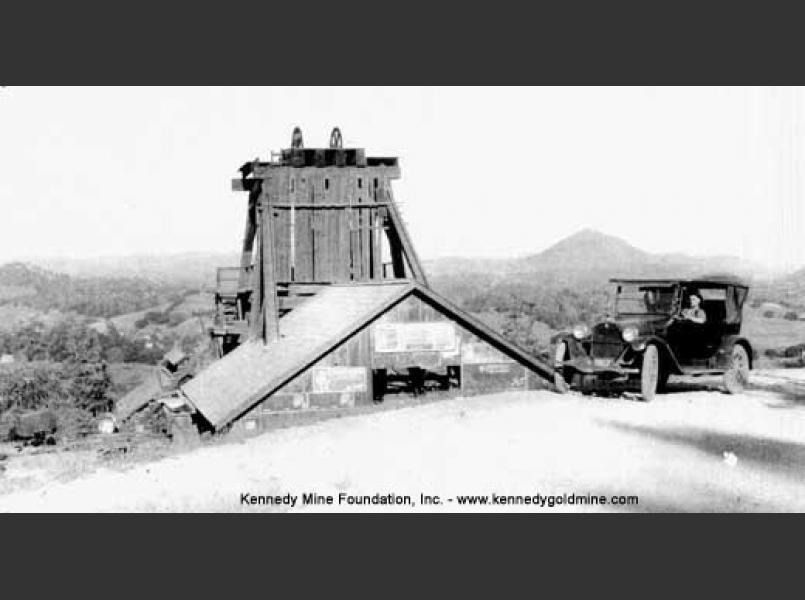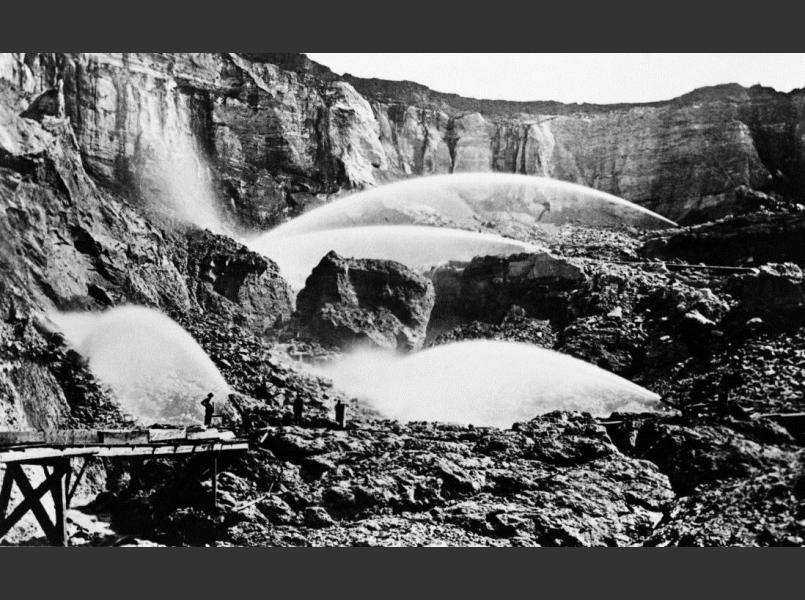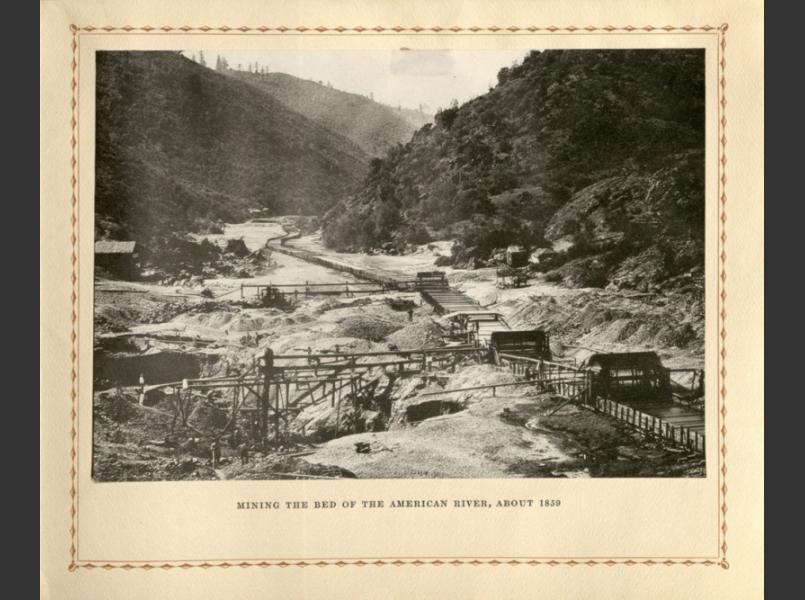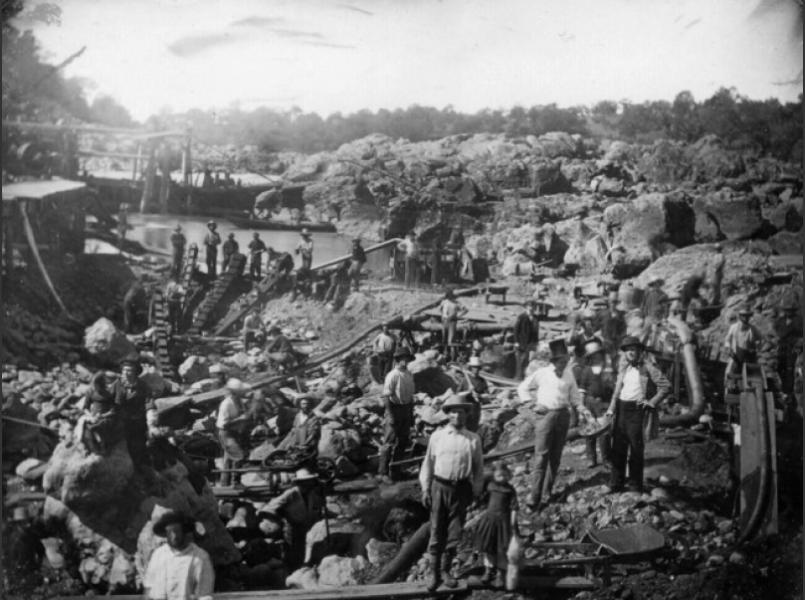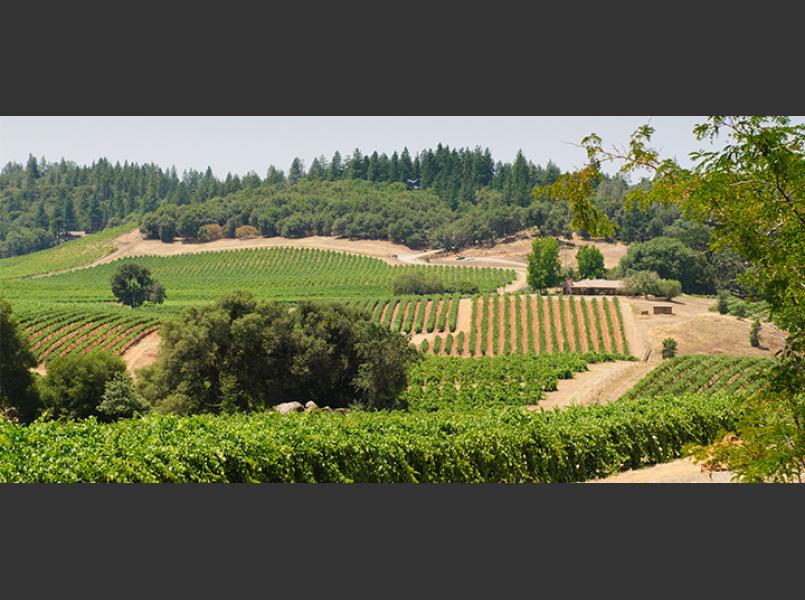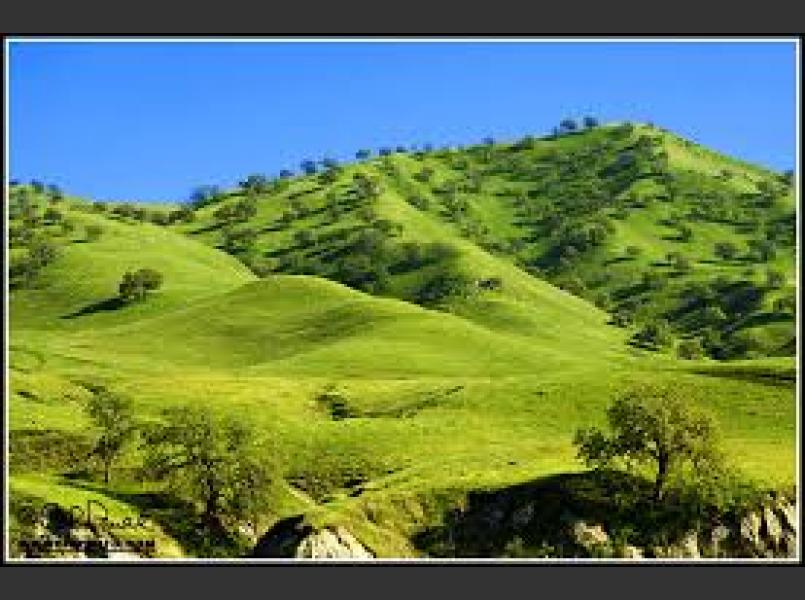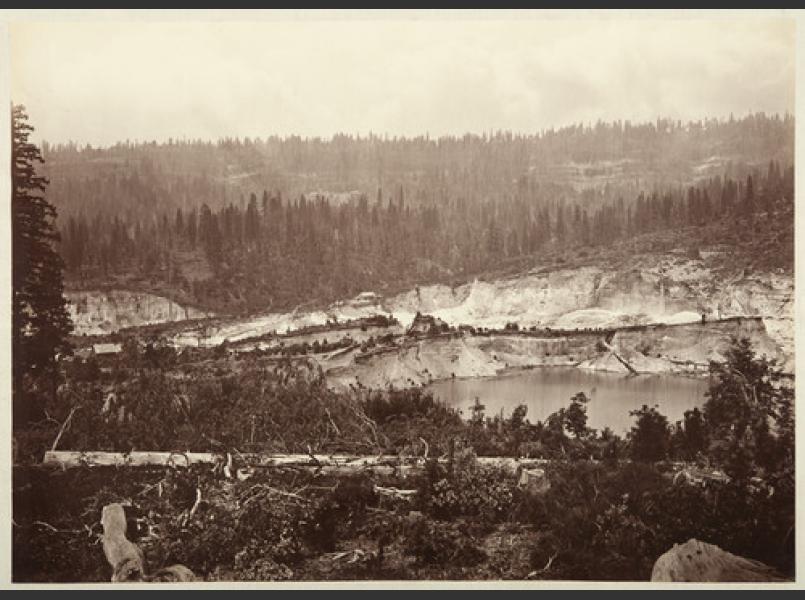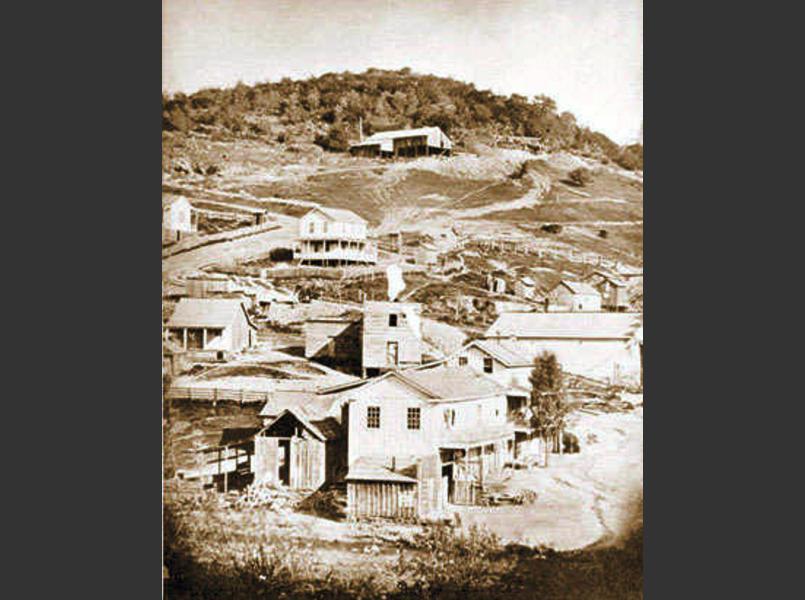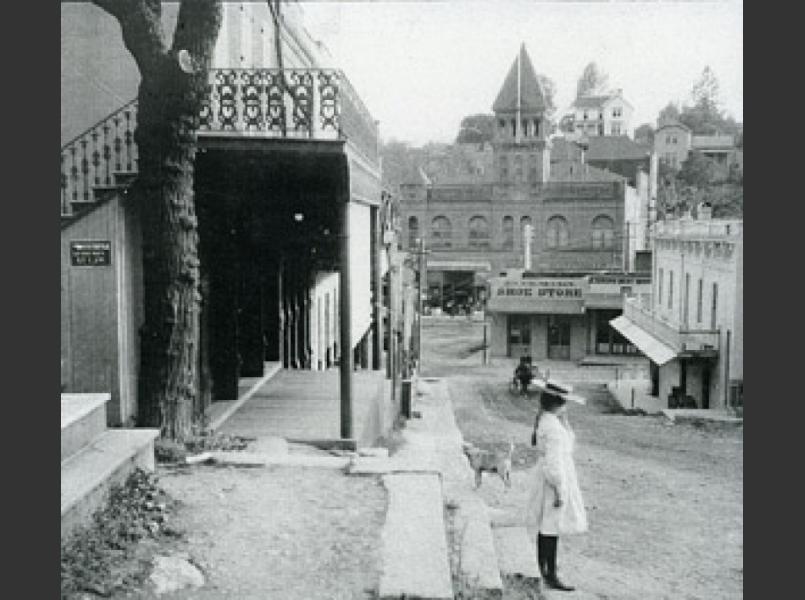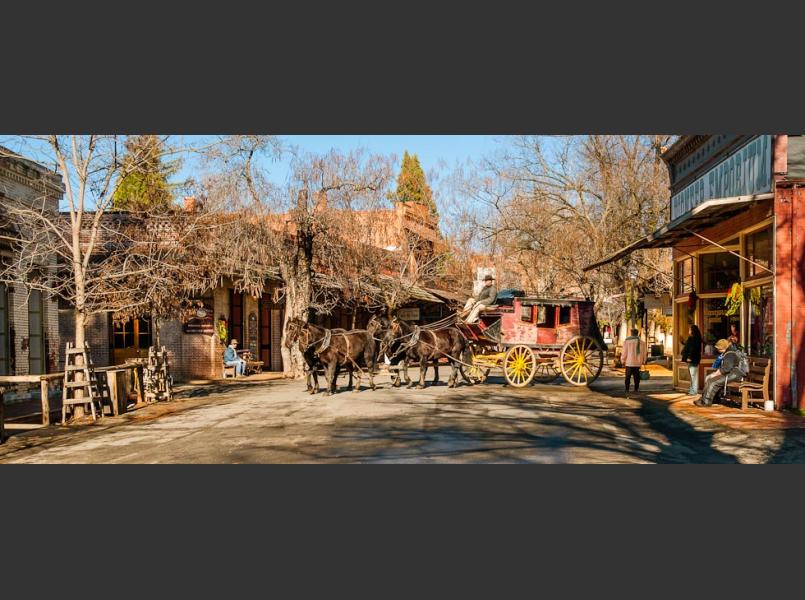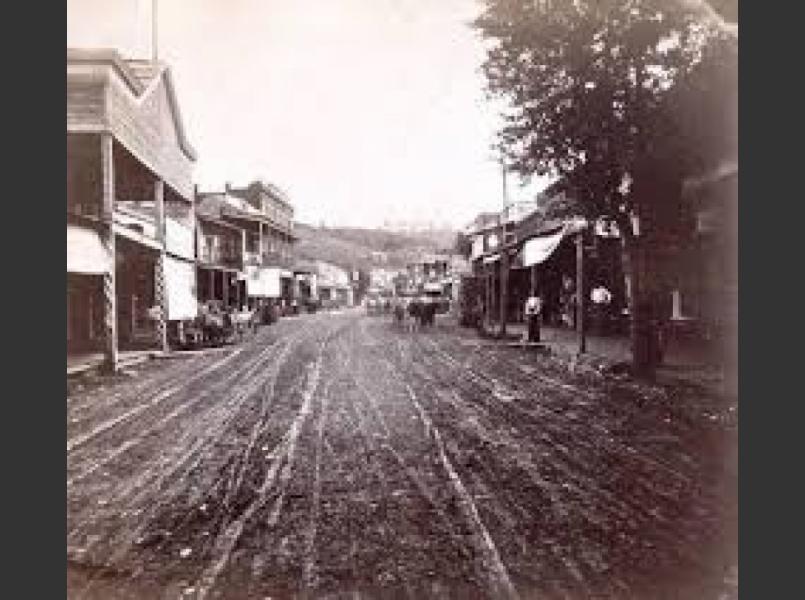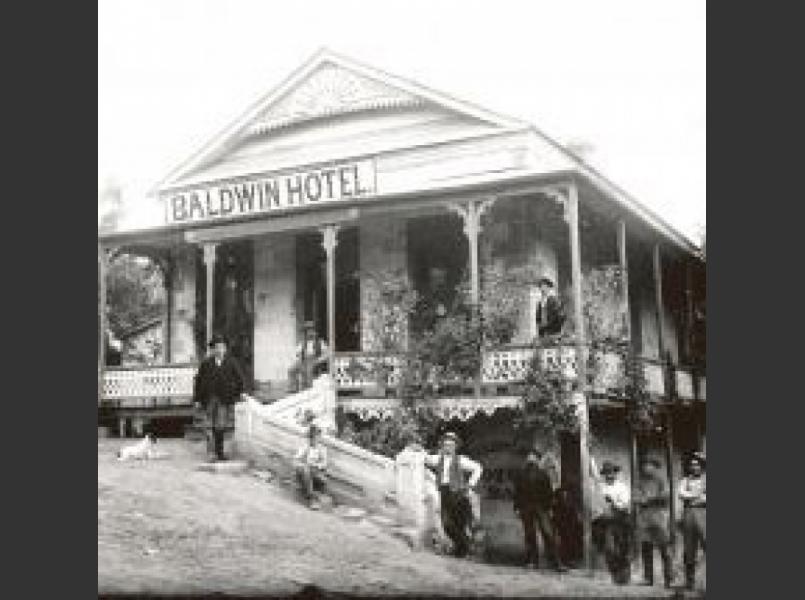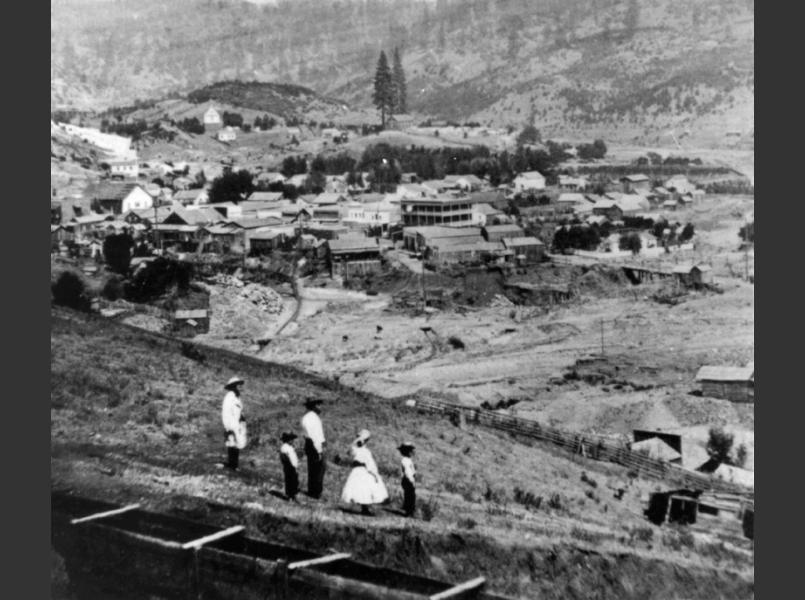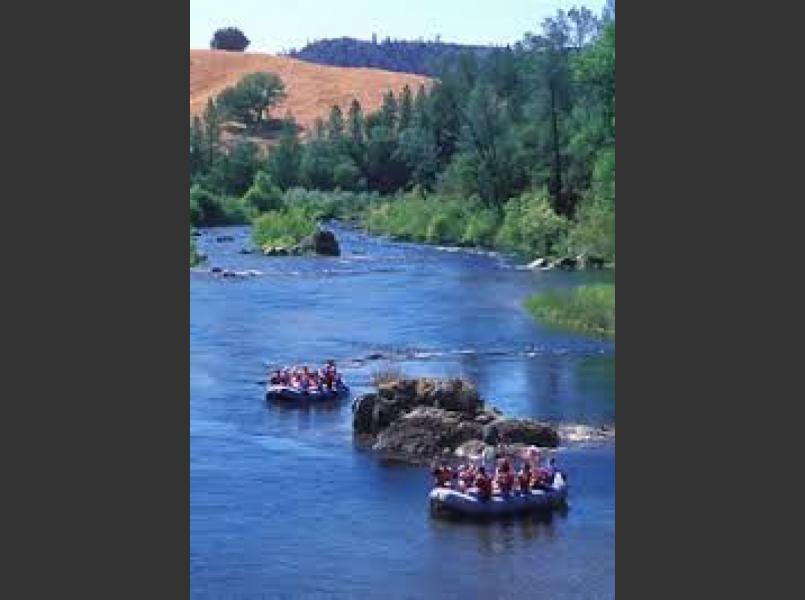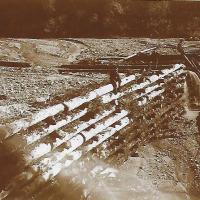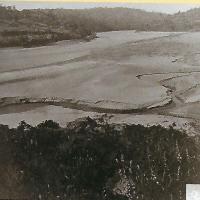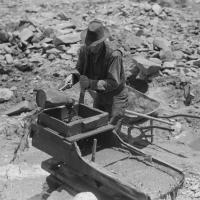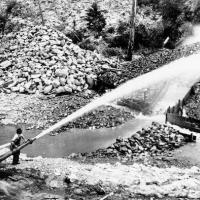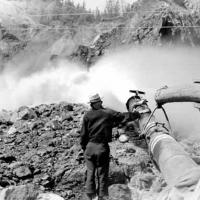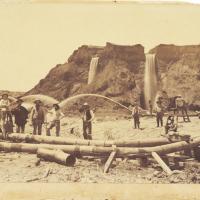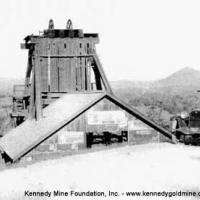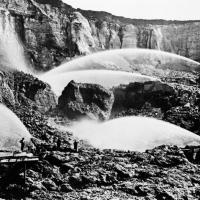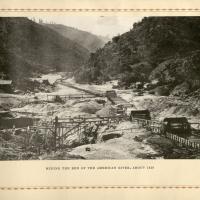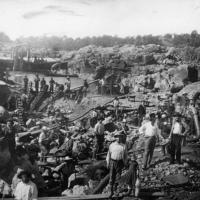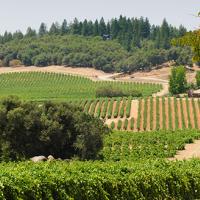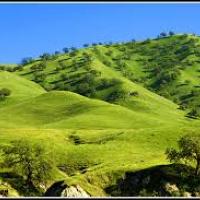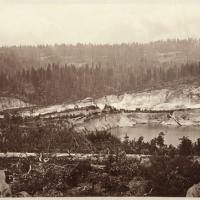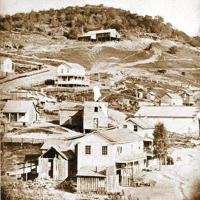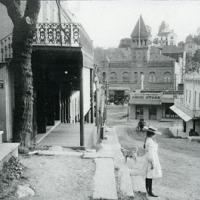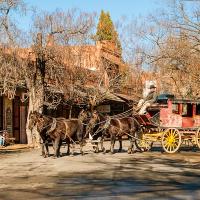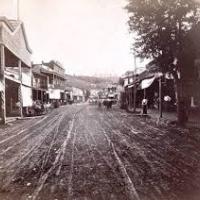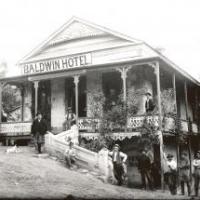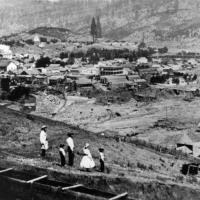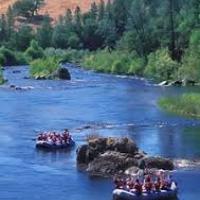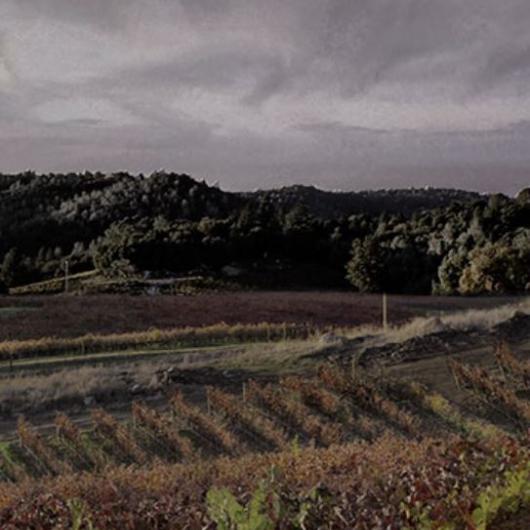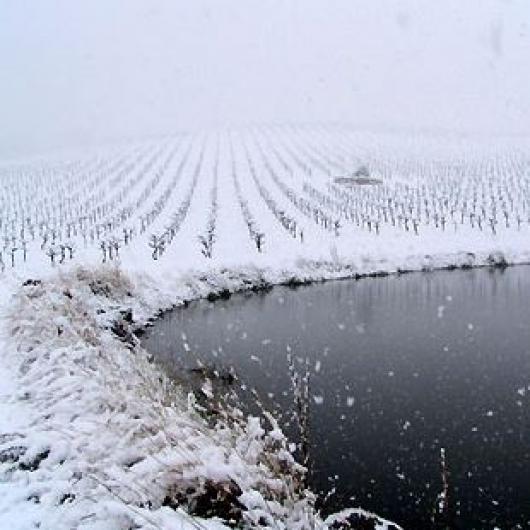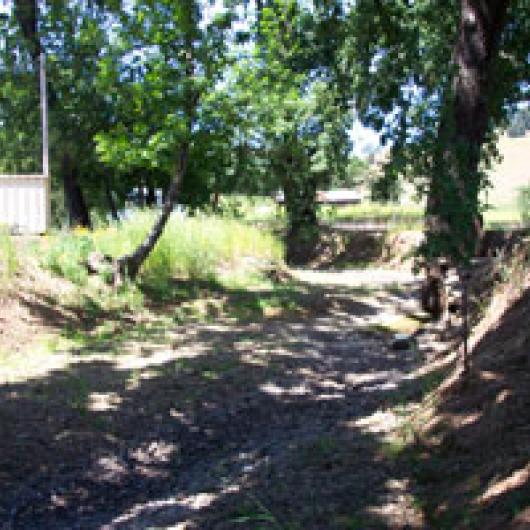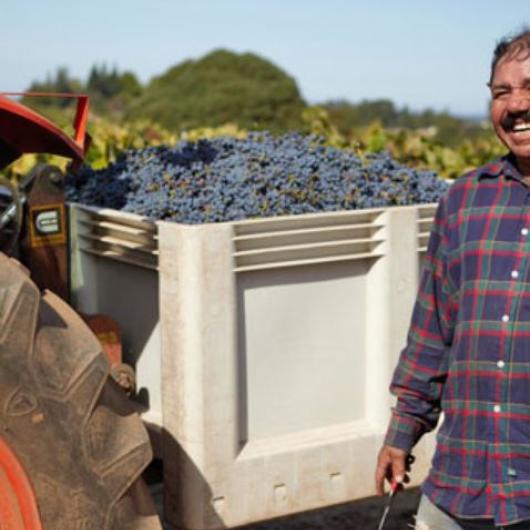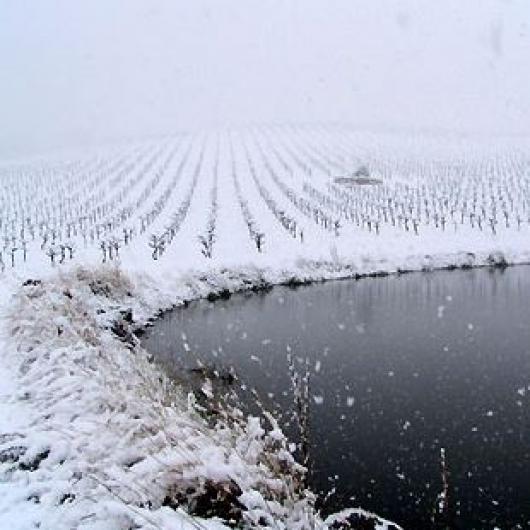Certified Farms
Al Fenaughty Orchards
Related Watershed:
Website:
Andis Wines
Related Watershed:
Winery:
Website:
Anns Orchard
Related Watershed:
Website:
Arrastra Vineyard
Related Watershed:
Website:
Barsotti Ranch
Related Watershed:
Winery:
Website:
Batia Vineyards
Related Watershed:
Website:
Boeger Winery
Related Watershed:
Winery:
Website:
Boorinakis Harper Ranch
Related Watershed:
Winery:
Website:
Byecroft Road Vineyard
Related Watershed:
Winery:
Website:
C.G. Di Arie Vineyard and Winery
Related Watershed:
Winery:
Website:
Cardanini's Vineyard & Pumpkin Patch
Related Watershed:
Website:
Carson Ridge Evergreens
Related Watershed:
Winery:
Website:
Caruso Family Vineyards
Related Watershed:
Winery:
Website:
Cedarville Vineyard
Related Watershed:
Winery:
Charles Spinetta Winery
Related Watershed:
Website:
Chateau Rodin Vineyards & Winery
Related Watershed:
Winery:
Website:
Christopherson Vineyard
Related Watershed:
Website:
Cielo Estate Winery
Related Watershed:
Winery:
Website:
Clos des Knolls Vineyard
Related Watershed:
Website:
Cooper Vineyard
Related Watershed:
Winery:
Website:
Cowan Family Farms
Related Watershed:
Website:
Crose Family Vineyard
Related Watershed:
Website:
Crystal Creek Tree Farm
Related Watershed:
Winery:
Website:
Crystal Springs Vineyard
Related Watershed:
Website:
D'Artagnan Vineyards
Related Watershed:
Winery:
Website:
Full Moon Farm
Related Watershed:
Website:
Goldbud Farms
Related Watershed:
Winery:
Website:
Green Valley Olive
Related Watershed:
Website:
Herbert Vineyard
Related Watershed:
Website:
Hinrichs Farm
Related Watershed:
Website:
Holly's Hill Vineyards, LLC
Related Watershed:
Winery:
Website:
J & J Vineyards
Related Watershed:
Website:
Jack Russell Brewery & Winery
Related Watershed:
Winery:
Website:
James Vineyards
Related Watershed:
James Vineyards in Hopland includes a wetland area and wildlife corridor set aside by owner Jim Nelson “just for the ducks”. This land is very plantable and its protection for wildlife demonstrates how individual farmers often put wildlife before profit. In 2007, James Vineyards received an award from Fish Friendly Farming recognizing Outstanding Efforts in Stream Habitat Improvement and Restoration.
Website:
Kingsgate Farm
Related Watershed:
Website:
La Chouette Vineyards
Related Watershed:
Website:
Latrobe Vineyards
Related Watershed:
Website:
Lava Cap Vineyards and Winery
Related Watershed:
Winery:
Website:
Linsteadt Vineyard LLC
Related Watershed:
Website:
Mad Dog Mesa
Related Watershed:
Website:
Madrona Vineyards
Related Watershed:
Winery:
Website:
Mandarin Hill Orchards
Related Watershed:
Winery:
Website:
McGee Christmas Tree Farm
Related Watershed:
Winery:
Website:
Meadow View Gardens
Related Watershed:
Website:
Meyer Ranch
Related Watershed:
Website:
Miraflores Vineyard and Winery
Related Watershed:
Winery:
Website:
Musso Family Vineyard
Related Watershed:
Website:
Naked Vine Vineyards
Related Watershed:
Website:
Naylor Vineyard
Related Watershed:
Website:
Otow Orchard
Related Watershed:
Winery:
Website:
Pescatore Vineyard and Winery
Related Watershed:
Winery:
Website:
Pine Hill Orchard
Related Watershed:
Winery:
Website:
Ponderosa FFA School Farm
Related Watershed:
Website:
Potter Vineyards Inc
Related Watershed:
Website:
Quartz Hill Vineyard
Related Watershed:
Website:
Ranalli Vineyard at Lands End Ranch
Related Watershed:
Website:
Rancho Olivo Vineyards
Related Watershed:
Website:
Rinaldi Vineyard
Related Watershed:
Website:
Rubidoux Ridge Vineyard
Related Watershed:
Website:
Safari Estate Vineyard
Related Watershed:
Website:
Saluti Cellars
Related Watershed:
Winery:
Website:
Saureel Vineyards & Orchard
Related Watershed:
Website:
Schaefer Vineyards
Related Watershed:
Website:
Shake Ridge Ranch
Related Watershed:
Website:
Side Hill Citrus
Related Watershed:
Winery:
Website:
Sierra Vista Vineyards and Winery
Related Watershed:
Website:
Site 1 Vineyard
Related Watershed:
Website:
Site 2 Vineyard
Related Watershed:
Website:
Skinner Fairplay Vineyard
Related Watershed:
Winery:
Website:
Skinner Rescue Vineyard
Related Watershed:
Winery:
Website:
Smokey Ridge Ranch
Related Watershed:
Winery:
Website:
Sobon Wine - Fiddletown Vineyard
Related Watershed:
Winery:
Website:
Sobon Wine - Jackson Valley Vineyards
Related Watershed:
Winery:
Website:
Sobon Wine - Shenandoah Vineyards
Related Watershed:
Winery:
Website:
Sobon Wine - Sobon Estate Winery and Vineyards
Related Watershed:
Winery:
Website:
Spinetta Family Vineyards
Related Watershed:
Website:
Starfield Vineyard
Related Watershed:
Winery:
Website:
Sumu Kaw/Enye
Related Watershed:
Website:
Sun Mountain Farm
Related Watershed:
Winery:
Website:
Sunset Ridge Mandarins
Related Watershed:
Winery:
Website:
Tudsbury Orchards
Related Watershed:
Winery:
Website:
Upcountry Ranch
Related Watershed:
Winery:
Website:
Vine Hill Vineyards
Related Watershed:
Website:
Walker Vineyard
Related Watershed:
Website:
Wild Roam
Related Watershed:
Website:
Willow Pond Farm
Related Watershed:
Winery:
Website:
Windwalker Vineyard & Winery
Related Watershed:
Winery:
Website:
Wofford Acres Vineyards
Related Watershed:
Winery:
Website:
Z & B Ranch
Related Watershed:
Website:


